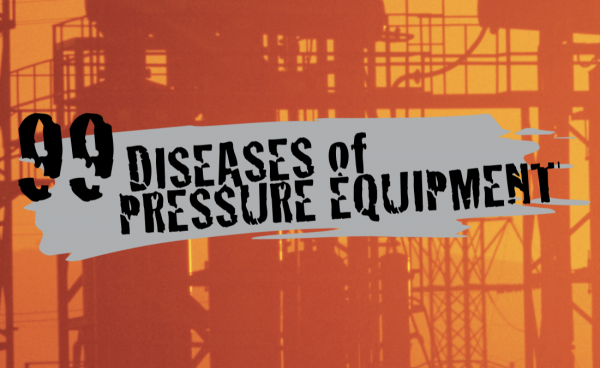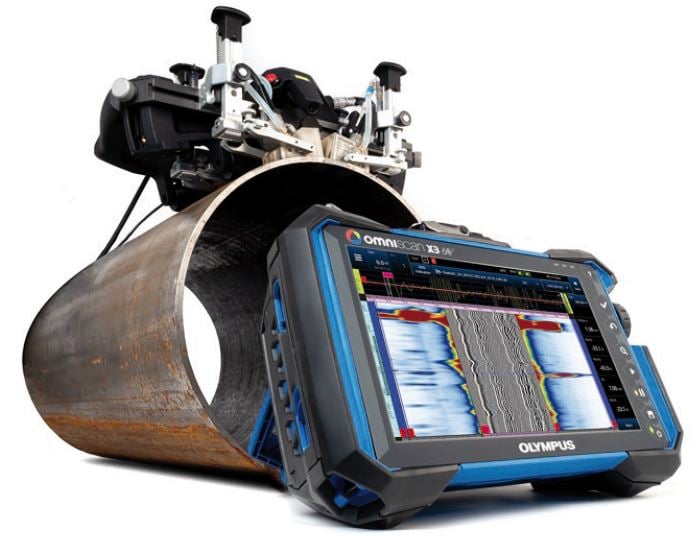Most flue gases produced by the combustion of fuels contain contaminants that can condense into sulfuric, sulfurous, or hydrochloric acid droplets. Flue Gas Dew Point Corrosion occurs when these aggressive acids condense on carbon and stainless steels in convection sections, flue ducts, and stacks. The amount of contaminants in the fuel is directly correlated with the concentration of the acid droplets, and therefore with the degree of corrosion.
There are several ways in which flue gas dew point corrosion can be avoided. More resistant materials can be used in the construction of flues, which can prevent corrosion. Also, limiting the number contaminants in heater and boiler fuels is another good way to prevent corrosion from occurring. Although, it should be noted that the latter method is far more difficult to accomplish, since most fuels contain sulfur compounds and some are contaminated with chlorides. Another way to prevent corrosion is to maintain the surface metal temperatures of exposed equipment above the dew point. Finally it is possible to protect cooler surfaces by applying a coating that is resistant to the acidic condensate and will withstand the temperatures to which it is exposed.
Related Topics
- Brittle Fracture
- Carburization
- Cavitation
- CO2 Corrosion
- Cooling Water Corrosion
- Corrosion Fatigue
- Corrosion Under Insulation (CUI)
- Cracking
- Decarburization
- Embrittlement
- Erosion Corrosion
- Fatigue (Material)
- Graphitization
- Green Rot
- High Temperature Hydrogen Attack (HTHA)
- High-Temperature Creep
- Hydrochloric (HCl) Acid Corrosion
- Hydrofluoric (HF) Acid Corrosion
- Hydrogen Embrittlement
- Hydrogen Stress Cracking
- Liquid Metal Embrittlement (LME)
- Metal Dusting
- Microbiologically Influenced Corrosion (MIC)
- Naphthenic Acid Corrosion (NAC)
- Phosphoric Acid Corrosion
- Pitting Corrosion
- Spheroidization (Softening)
- Stress Assisted Corrosion
- Sulfidation Corrosion
- Sulfuric Acid Corrosion
- Thermal Fatigue
- Vibration-Induced Fatigue
- Wet H2S Damage
Relevant Links
Topic Tools
Share this Topic
Contribute to Definition
We welcome updates to this Integripedia definition from the Inspectioneering community. Click the link below to submit any recommended changes for Inspectioneering's team of editors to review.
Contribute to Definition


















